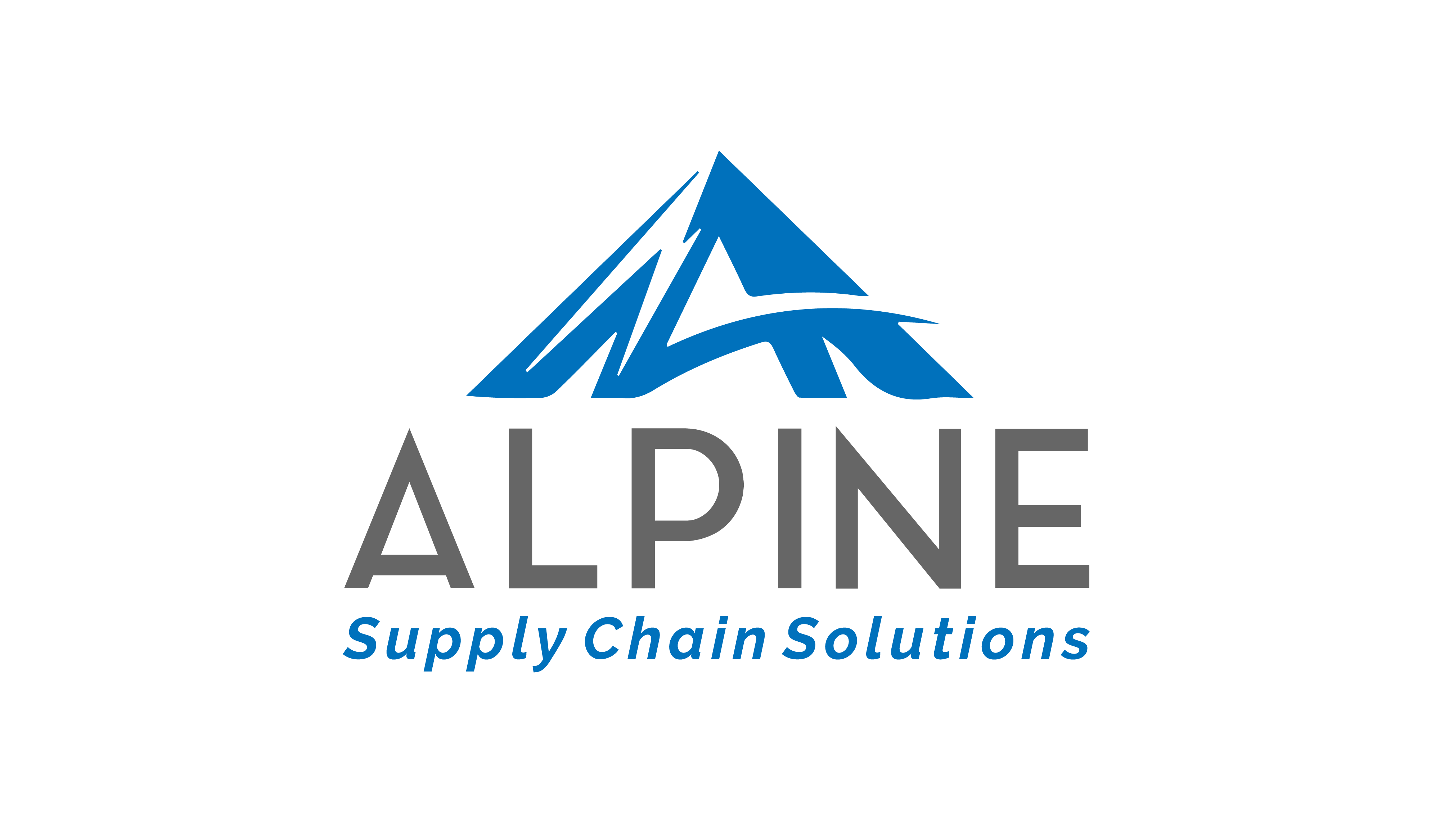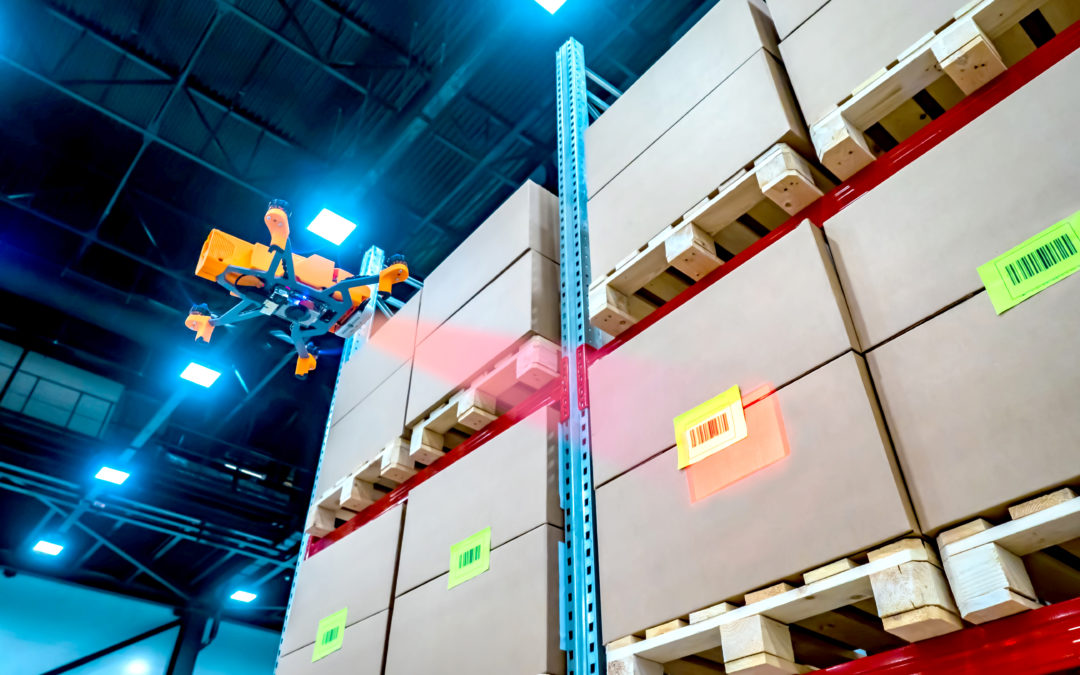
Justifying Goods-to-Person Technology
Michael Wohlwend, Managing Principal of Alpine Supply Chain Solutions sat down with Russell Goodman, Senior Editor of Supply Chain Brain to discuss Goods-to-Person Technology and how Alpine is using tools from several providers to meet clients implementation needs.
“All verticals and all sizes of companies can benefit from implementation of goods-to-person technology”, says Michael Wohlwend, managing principal of Alpine Supply Chain Solutions.
Goods-To-Person Technology
- Storage Analysis identify size and quantity of Pick Locations
- Storage Analysis identify size and quantity of Reserve Locations
- Slotting Optimization
How it works:
“The goods-to-person concept is simple: incoming goods are removed from pallets, either manually or automatically. The cartons and/or pieces are then placed into totes (smaller goods) or into trays (larger goods), and stored in high-density automated storage and retrieval systems (ASRS), carousels or robotic systems. As orders are required to be fulfilled SKUs are automatically retrieved from storage and brought to the picker, either at a pick station where the operator picks into an order container or to an ergonomic palletizing station where items are placed on a pallet. Since the picker does not have to walk, the focus at the pick stations and pack stations is on ergonomics and high productivity.” – Material, Handling, & Logistics



